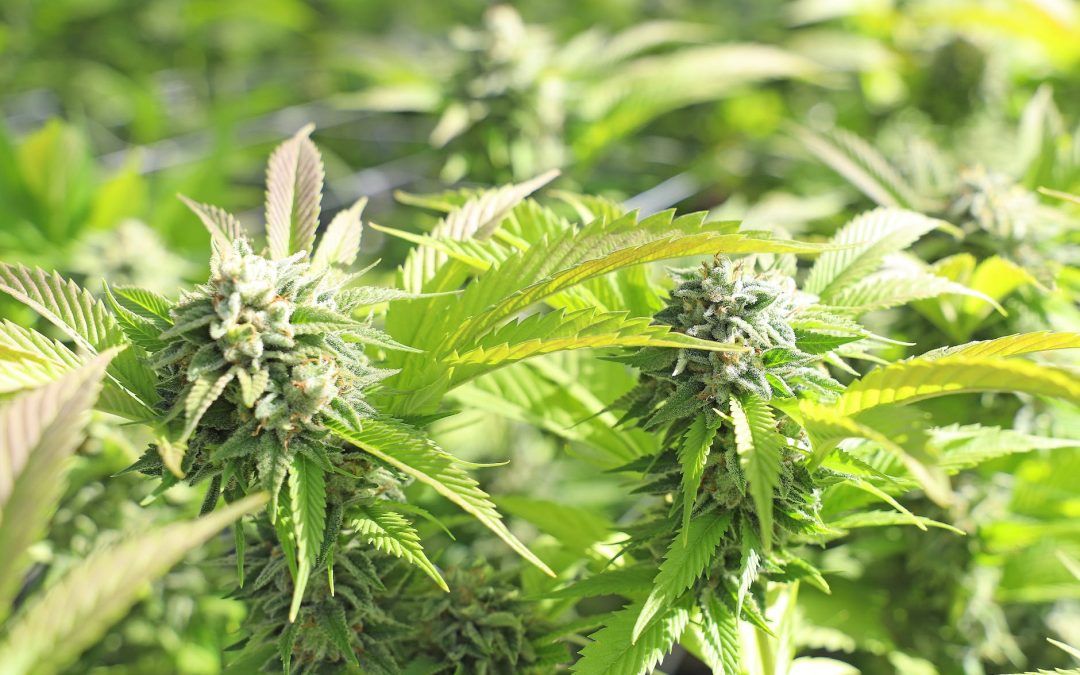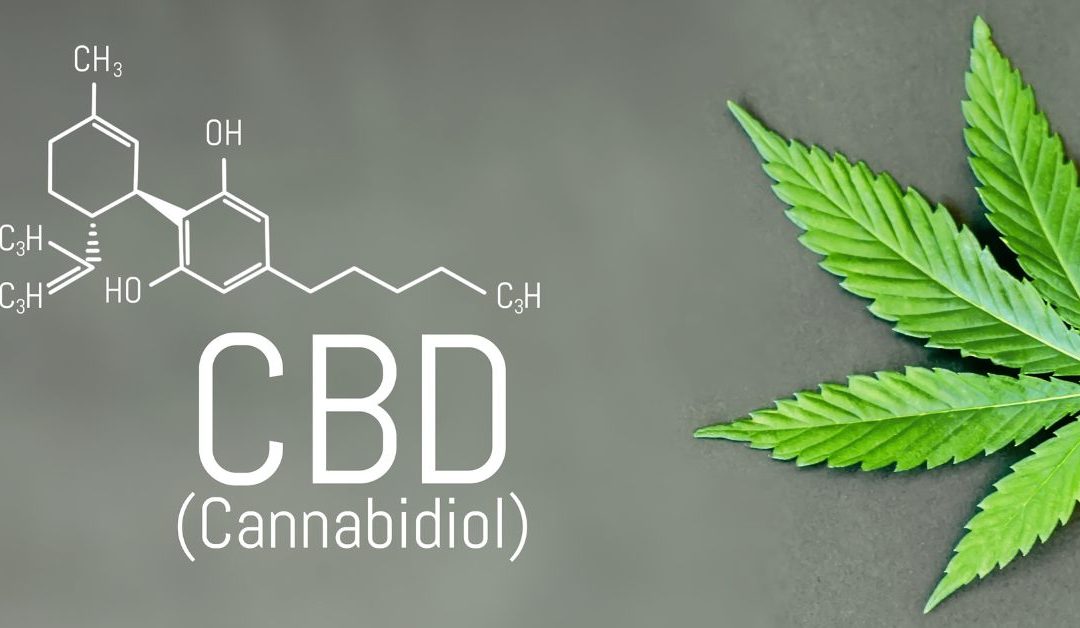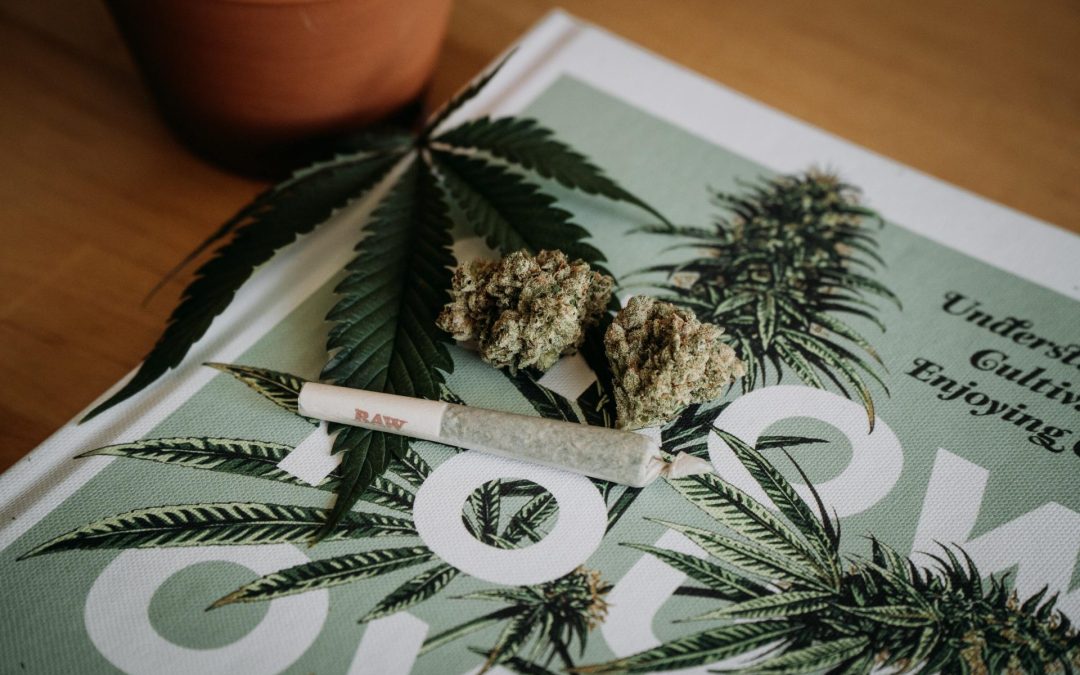
How to start growing craft cannabis?
How to start growing craft cannabis?
Growing craft cannabis requires careful planning, attention to detail, and a love of the plant. Here are some steps to get you started:
- Research and educate yourself: Learn everything you can about cannabis cultivation, including the different strains, growing methods, and equipment needed. Read books, watch videos, and seek out information from experienced growers.
- Determine your growing space: Decide where you will grow your plants. This could be indoors, outdoors, or in a greenhouse. Consider factors such as lighting, ventilation, humidity, and temperature control.
- Choose your strain: Select a strain that fits your preferences and growing environment. Factors to consider include yield, growth time, flavour, and effects.
- Purchase your equipment: Invest in high-quality equipment such as lights, fans, and nutrients. You will also need pots or containers, soil, and water.
- Germinate your seeds: Start by germinating your seeds. You can do this by placing them in water or moist soil until they sprout.
- Transplant your seedlings: Once your seedlings have sprouted, transplant them into larger containers with nutrient-rich soil.
- Monitor and maintain your plants: Keep a close eye on your plants and make sure they are getting the right amount of light, water, and nutrients. Prune them regularly to promote healthy growth.
- Harvest and cure your buds: When your plants are ready, harvest the buds and dry them slowly in a cool, dry place. Once they are dry, cure them in jars to bring out their full flavour and potency.
Remember, growing cannabis requires patience and attention to detail. Take the time to learn and experiment and you will enjoy the process of growing your own craft cannabis.
Where can I find useful information on growing cannabis?
There are many resources available online for learning about growing cannabis. Here are a few places to start:
- Online forums: There are many online forums dedicated to cannabis cultivation where growers share tips, advice, and experiences. Some popular forums include Rollitup, Grasscity, and ICMag.
- YouTube videos: There are many YouTube channels dedicated to cannabis cultivation that offer step-by-step guides and tips on growing. Some popular channels include Grow420Guide, Mr. Canucks Grow, and GreenBox Grown.
- Books: There are many books on cannabis cultivation that offer in-depth information on everything from seed selection to harvest. Some popular books include The Cannabis Grow Bible by Greg Green and Marijuana Horticulture by Jorge Cervantes.
- Online courses: There are several online courses available that offer detailed information on cannabis cultivation. Some popular courses include Green Flower’s Cannabis Cultivation Certificate Program and Cannabis Training University.
- Seed banks: Many cannabis seed banks offer growing guides and resources on their websites. Some seed banks also offer customer support and advice for growers.
When searching for information on growing cannabis, it is important to consider the source and make sure the information is reliable and accurate.
How do I determine the size of my growing space?
The size of your growing space will depend on several factors, including the number of plants you want to grow, the strain you choose, and the growing method you plan to use. Here are some guidelines to help you determine the size of your growing space:
- Consider the number of plants: A good rule of thumb is to have about one square foot of space per plant. For example, if you want to grow six plants, you will need a growing space of at least six square feet.
- Choose your strain: Different strains have different growth patterns and sizes. Some strains are small and bushy, while others are tall and slender. Choose a strain that fits the size of your growing space.
- Decide on your growing method: The growing method you choose will also affect the size of your growing space. If you plan to use a hydroponic system, you may need less space than if you are using soil. If you plan to use a vertical growing system, you may be able to maximize your space.
- Consider other factors: Don’t forget to factor in space for equipment such as lights, fans, and nutrient reservoirs. You will also need space to move around and work with your plants.
Once you have determined the size of your growing space, make sure it is well-ventilated and has proper lighting and temperature control. It’s also important to choose a space that is secure and private, and not accessible to minors.
How do I choose the right strain of cannabis?
Choosing the right strain of cannabis can be overwhelming, but it’s important to find one that fits your needs and preferences. Here are some factors to consider when choosing a strain:
- Effects: Cannabis strains can have a wide range of effects, including relaxation, euphoria, energy, and creativity. Consider what you want to achieve with your cannabis use and choose a strain that matches those effects.
- THC and CBD content: THC is the psychoactive compound in cannabis, while CBD is known for its therapeutic properties. Some strains have high THC content, while others are high in CBD. Consider your tolerance and desired effects when choosing a strain with the appropriate THC and CBD content.
- Growing conditions: Some strains are easier to grow than others and require less maintenance. If you are a beginner grower, consider choosing a strain that is known to be easy to grow.
- Flavour and aroma: Cannabis strains can have a wide range of flavours and aromas, from fruity and sweet to earthy and spicy. Consider your personal preferences when choosing a strain with the right flavour and aroma.
- Medical benefits: Cannabis is known for its medicinal properties and is believed to help with a wide range of conditions such as chronic pain, anxiety, and insomnia. Consider if there are any specific medical benefits you are looking for in a strain.
- Genetics: Different cannabis strains have different genetics, and some are more stable than others. Consider choosing a strain with stable genetics that will produce consistent results.
Remember, everyone’s preferences and needs are different when it comes to cannabis strains. It may take some experimentation to find the right strain that works best for you.
Where can I purchase growing equipment?
There are many places where you can purchase growing equipment for cannabis cultivation, both online and in physical stores. Here are some options to consider:
There are many places where you can purchase growing equipment for cannabis cultivation, both online and in physical stores. Here are some options to consider:
- Online retailers: There are many online retailers that specialize in cannabis growing equipment, such as GrowersHouse, Hydrobuilder, and HTG Supply. These retailers offer a wide variety of equipment, from lights and nutrients to grow tents and hydroponic systems.
- Local hydroponic stores: Hydroponic stores specialize in equipment and supplies for indoor gardening and hydroponics, and many carry equipment for cannabis cultivation. Check your local listings to find a hydroponic store in your area.
- Gardening centers: Many gardening centers carry equipment and supplies for indoor gardening, including equipment for cannabis cultivation. These centers may not have specialized equipment, but they can be a good option for basic equipment such as pots, soil, and fertilizer.
- Hardware stores: Hardware stores may carry some basic equipment for cannabis cultivation, such as lights and ventilation systems. However, their selection may be limited, and they may not have specialized equipment.
When purchasing growing equipment, it’s important to consider the quality of the equipment and the level of customer service provided by the retailer. Look for retailers with good reviews and a reputation for quality equipment and customer service.
How do I germinate cannabis seeds?
Germinating cannabis seeds is the first step to starting your cannabis grow. Here’s a step-by-step guide on how to germinate cannabis seeds:
- Choose your method: There are a few different methods for germinating cannabis seeds. Two of the most popular methods are the paper towel method and the direct-to-soil method.
- Gather your supplies: You’ll need a few supplies to germinate your cannabis seeds, including cannabis seeds, a paper towel or soil, a container, and water.
- Prepare your container: If you are using the paper towel method, dampen the paper towel and place it in a container. If you are using the direct-to-soil method, fill your container with soil and water it until it is damp.
- Plant your seeds: If you are using the paper towel method, place your cannabis seeds on the damp paper towel and cover them with another damp paper towel. If you are using the direct-to-soil method, make a small hole in the soil and place the seed about a quarter inch deep.
- Create a warm, dark environment: Cannabis seeds need warmth and darkness to germinate. Place your container in a warm, dark place such as a closet or cabinet. You can also use a seedling heat mat to provide extra warmth.
- Check for sprouts: After a few days, you should start to see sprouts emerge from the seeds. Once the sprouts emerge, you can move them to a grown medium and provide them with light.
Remember, cannabis seeds are delicate and require careful handling. Be sure to handle them gently and avoid touching the taproot, as this can damage the seed and prevent germination.
How do I transplant my seedlings?
Transplanting seedlings is a major step in the cannabis growing process, as it allows your plants to develop a strong root system and continue to grow. Here is a step-by-step guide on how to transplant your seedlings:
- Choose your new container: Choose a container that is larger than your current container and has drainage holes at the bottom. The size of the container will depend on the size of your seedling and the desired size of your mature plant.
- Prepare your new container: Fill your new container with soil or growing medium, leaving enough space at the top to accommodate your seedling.
- Water your seedling: Water your seedling thoroughly before transplanting. This will help the soil stick together and reduce the risk of damaging the roots during transplanting.
- Remove your seedling from its current container: Carefully remove your seedling from its current container, being careful not to damage the roots. You can do this by gently squeezing the sides of the container and sliding the seedling out.
- Place your seedling in the new container: Make a hole in the soil of your new container and carefully place your seedling in the hole. Be sure to bury the seedling deep enough so that the cotyledon leaves are just above the soil.
- Add soil to the new container: Fill in the gaps around your seedling with soil, being careful not to pack it too tightly. You want the soil to be firm but not compacted.
- Water your new transplant: Water your transplant thoroughly, making sure the soil is evenly moist. Avoid overwatering, as this can lead to root rot.
- Provide light and nutrients: After transplanting, your seedling will need light and nutrients to continue to grow. Place your transplant in a well-lit area and provide it with a suitable nutrient solution according to the stage of growth.
Remember, transplanting can be stressful for your seedling, so be sure to handle it gently and avoid damaging the roots. Give your plant time to adjust to its pristine environment before making any major changes to its care.
How do I know when it is time to harvest my cannabis plants?
Knowing when to harvest your cannabis plants is crucial to achieving the desired potency and flavour profile. Here are a few signs that your cannabis plant is ready for harvest:
- Check the trichomes: The trichomes are small, crystal-like structures that develop on the buds and leaves of the cannabis plant. When the trichomes start to turn from clear to milky or amber, this is a sign that the plant is reaching maturity and is ready for harvest. You can use a magnifying glass or a jeweller’s loupe to check the trichomes.
- Check the pistils: The pistils are hair-like structures that grow out of the buds of the cannabis plant. When the pistils start to turn from white to brown or orange, this is another sign that the plant is reaching maturity and is ready for harvest.
- Check the buds: When the buds of the cannabis plant start to feel dense and firm to the touch, this is another sign that the plant is reaching maturity and is ready for harvest.
- Check the overall plant health: If your plant is healthy and thriving, with strong stems and leaves, this is a good sign that it is ready for harvest.
- Remember, the timing of your harvest will depend on the strain of cannabis you are growing and your desired outcome. Some strains may be ready for harvest in as little as 8 weeks, while others may take up to 12 weeks or more. Be sure to do your research and keep a close eye on your plants to determine the best time to harvest.
In conclusion, knowing when to harvest your cannabis plants is an essential part of the growing process. Checking the trichomes, pistils, and overall health of the plant are all crucial factors to consider when determining if your plant is ready for harvest. Remember, the timing of the harvest will depend on the strain of cannabis you are growing, so be sure to do your research and closely monitor your plants to achieve the desired potency and flavour profile .
Author:
Brad Baird is a seasoned professional in the cannabis industry, with over a decade of experience in both legacy and legal markets in the United States and Canada. He has built a reputation as a knowledgeable and innovative leader in the field, leveraging his deep understanding of strategic digital marketing to drive substantial growth for companies in the sector. Brad is passionate about the potential of the cannabis industry and is dedicated to advancing its development through his work.
Company:
Partake Cannabis is a craft cannabis grower based in Edmonton, Alberta, Canada, dedicated to producing high-quality, locally-grown cannabis for adult consumers. With a focus on sustainability and a passion for creating unique strains, Partake is at the forefront of the Canadian craft cannabis industry.
Our team of experienced cultivators uses state-of-the-art growing techniques to cultivate premium buds, rich in potency and flavour. We are committed to using only the finest ingredients in our growing operations, ensuring that every plant is nourished with the care and attention it deserves.
At Partake, we believe that everyone should have access to high-quality cannabis, regardless of their experience level. That’s why we offer a range of products that make it easy for people to enjoy the benefits of cannabis.
If you’re looking for a craft cannabis grower that truly cares about quality and customer satisfaction, look no further than Partake Cannabis. Ask your favourite budtender for Partake Cannabis products today and see why we are one of the most trusted craft cannabis growers in Canada.
For further reading check out our Learn page.
To find Partake products go to the Store Locator





